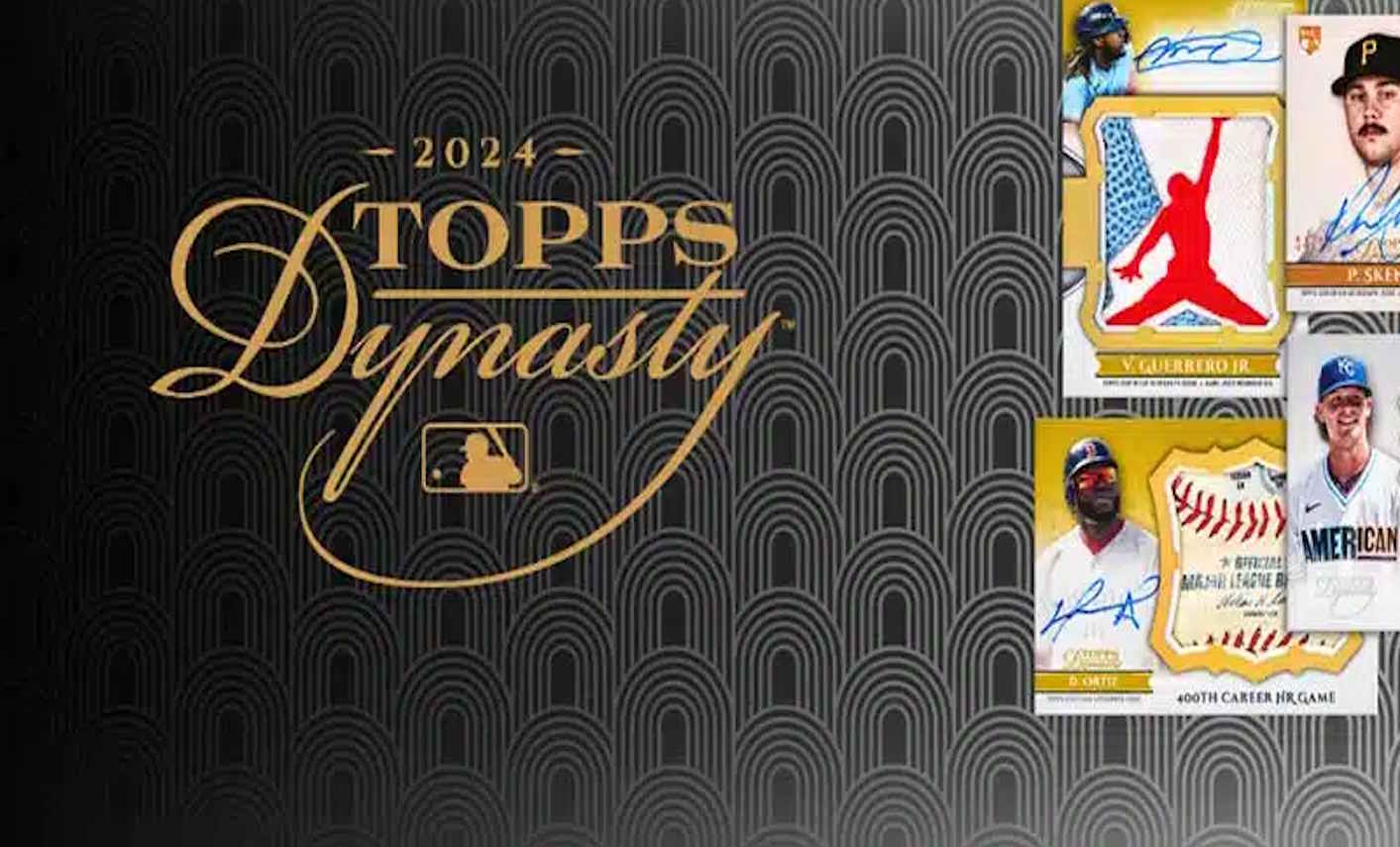

If you want to get into collecting Pokémon cards, you need to know the market.
In other words, you don’t gotta catch ’em all—just particular cards that bolster the value of a collection. But with TCG cards the most graded cards of 2023, there are a lot of signs the Pokemon could be a dominant investment for years to come.
Think of this as a beginner’s guide to hunting Pokémon cards.
Shop for Pokemon card auctions on eBay
Pokémon is a Japanese media franchise that was created in 1995. It’s about people called Pokémon trainers trying to catch and train the little monsters for sport. The series has become tremendously popular and led to toys, movies, games, and of course… trading cards.
The Pokémon trading card game (TCG) is a collectible card game featuring the creatures in the series. To play the game, collectors use their cards—each of which has strengths and weaknesses—and battle their opponents.
While some people indeed play the game, it seems like many more people collect the cards than use them. They’re a pop-culture phenomenon, and some of the selling prices raised eyebrows, including with Pokemon error cards, and pulled outsiders into the hobby.

Pokémon cards sit at a crossroads between sports and culture. They are, by far, the most popular non-sports cards on the market, but they’re also laughable to many seasoned sports card collectors.
There’s no mistaking it. There is a different audience for the cards, but that doesn’t mean they don’t have value. And, better yet, Charizard will never tear his ACL. So, in some ways, this might make them even better investments.
The counter-argument to this—one that I’ll whole-heartedly support—is that as fictional monsters, Pokémon’s ceiling can only go so high. Pikachu will never win Finals MVP or a Super Bowl, and there will never be a GOAT debate (or one with any real weight) surrounding Pokémon, so there’s no catalyst of long-term value.
Shop for Pokemon cards on eBay
Pokémon cards come in three main types. They are…
These cards have Pokémons on them, and they serve as the foundation for all decks. If you’re playing the game, this is the first card you can play (and different than an evolved Pokémon, too).
Energy cards are the fuel for Pokémons to attack. They come in basic energy and special energy variants, but of the three types of cards, these are the ones that collectors are least interested in.

Trainer cards have unique abilities that range from discarding energy from opposing Pokémon or healing Pokémon. Some of these can be valuable, but not nearly as many as the Pokémon cards themselves.
If you’re a sports card collector who has been trying to differentiate prizms from holos, it’s also time you learn about the different levels of Pokémon cards.
When you’re looking at one of the base cards, there’s a shape at the bottom right corner that tells its level of rarity: a black circle is common, a black diamond is uncommon, and a black star is rare.
A holo rare has the black star to indicate it’s rare, but it’s also a “holo,” meaning it has a light-reflecting coating making the picture shine. Only some Pokémon earn this honor.
These cards are a lot like the holo. However, instead of the picture of the Pokémon being light-refracting, everything else on the card is.

These are “ultra-rare cards,” and they stand out because they have a very thin border and a big Pokémon that stretches from edge to edge. They’re typically treasured pulls from a booster pack.
These cards are a version of the EX/GX cards, but the Pokémon art covers the entire card. There is no border at all, just a large Pokémon picture. Therefore, the writing is a bit tough to read. But let’s be honest: Pokémon collectors don’t get the cards to read them. These are some of the most valuable of the parallels.
With each set of cards, there are usually a few Secret Rares. These are cards that are numbered after the total number of cards in the checklist. For example, card 136 of 135, and the marking is found in the bottom right corner. They’re almost always the most expensive cards in the set.
These cards appear in the Sun and Moon Series and are some of the hardest to pull. But, of course, that makes them valuable too. While some collectors aren’t fans of the looks, they’re all fans of their high value.
Expansion and Booster Packs come with new releases and new generations. For example, recent expansions include Sword & Shield Rebel Clash, Sword & Shield Darkness Ablaze and Sword & Shield Lost Origin. Typically, each expansion and booster set includes somewhere between 100-200 cards, and they can’t purchase them as a set. That means you have one choice: a pack hunt! By purchasing booster packs (or hunting eBay, but that’s less fun), you can build out your booster sets.
One of the more unique things about Pokémon is the way it changes over time. These changes are marked by “generations.”
If you’re a sports card collector, you’re used to new cards, sets, and rookies appearing every NFL season. However, for Pokémon collectors, the generations change a bit slower than that.
Over time, we’ve had a total of eight generations, denoted Generation I—Generation VIII. Each generation has its theme, too. For example, Generation I is based on science, while Generation VI is about Life, Death, and the Ecosystem. Here’s a list of all eight generations.
Each generation adds new layers to Pokémon lore and brings about new cards for collectors to find.
The top Pokémon cards are harder to pin down than sports cards (there aren’t exactly Pokémon rookies). So the best cards depend on who you ask. Some collectors only prefer vintage cards, while some are chasing the new ones.
Here’s a list of hot cards to investigate in no particular order.
View the most expensive Pokemon card sales on eBay

2002 First-Edition Mysterious Mountains Crystal Charizard: This card was intended to be scanned by the Game Boy Advance e-Reader, making it a very limited release and very rare. In a PSA 10, it’s sold for north of $40,000.
Pikachu Radiant Collection (2016): Much like the Charizard above, this is a full-screen version of Pokémon card collecting, and the full-art cards, as they are known, are focused on making the Pokémon more elegant and beautiful than fierce and strong. It’s a contrast against the originals, for sure, but still a popular set. Who wants one Pikachu posing in the center of your card when you can have four frolicking in a ball from edge-to-edge, right?
Ancient Mew (1999): This is a promo card, and its value is fueled just as much by scarcity as the condition. The card was released in the year 2000 to align with the movie Pokémon 2000. The font doesn’t have any English on it. Nevertheless, it’s an eye-catching card, really, and one that will be one of the more iconic cards in Pokémon collecting.

Fun fact: This card is banned from Pokémon competitive play.
Even wilder fact: There is Pokémon competitive play.
Shadowless Charizard (1999): This is probably the holy grail of Pokémon card collecting. It’s the first release of the base set, and the very first set didn’t have a shadow around the picture of the Pokémon (for added depth effect).
While the shadowed Charizard cards from 1999 are still very valuable in their own right, the shadowless version can fetch half a million dollars if graded Gem-Mint. You read that right!
If you want to get into Pokémon card collecting, good news: there are quite a few significant upcoming releases. The better news, still, is that Pokémon are always in season, so releases are coming year-round (although Panini is getting pretty close to that with basketball and football cards.)
If you want to track the upcoming Pokémon releases, you can do it right here on the Pokémon website or a card vendor’s calendar, like this thread from Blowout cards.
Again, there’s a rift between collectors and fans regarding the most important sets of the Pokémon TCG. Generally, collectors care more about scarcity or visuals, while players are more interested in the sets’ narrative role in the Pokémon universe.

That said, some popular sets are:
But, much like sports cards, almost every set has some cards to chase, so be sure to check them all out and decide what works best for you.

We’re ending it with the biggest question: are they worth collecting?
Yes.
Rare cards have an active buyer’s market, so the price will rise over time because the supply doesn’t change. If you’re considering investing long-term in these cards instead of the quick flip, consider grading them, too. That will protect them and get the most out of their value if they’re in good condition.
And another word of advice: if you’re looking to buy these as investment pieces, it’s probably going to be a lot easier to start with old sets that are already rarer and valuable. They should increase in price over time, and they have a smaller print run, too.
Here are a few sets to consider:
Now that you’re a Pokémon card expert get out there and start trying to catch ’em all!
I deep-dove on Fanatics Collect so you don't have to (but should you?)
Panini is launching a WNBA Product at $30,000!?
Topps Chrome 2024-25 Basketball: Honest Review and Notes
Did you know this SECRET about PSA slabs? #sportscard #tcg
5 EASY tips to make more money on eBay sports cards.
I opened a sports card mystery box and found something AWESOME inside
The SAD story of Collectable. What went wrong? (The Downfall Fractional Sports Card Investing)
what was Panini doing? 🙄
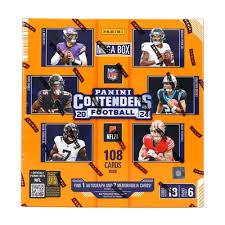
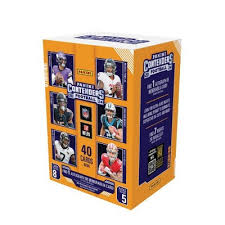
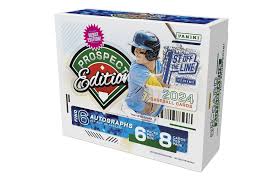
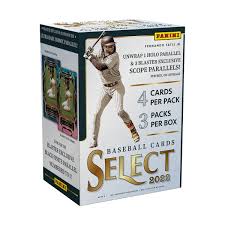
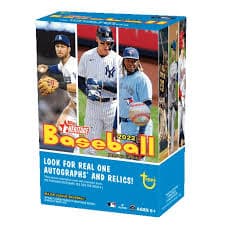
2022 Topps Heritage Baseball Blaster Box Configuration: 7 Packs per Box – 9 Cards per Box. Plus 1 extra pack.
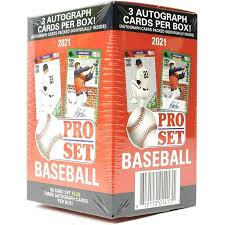
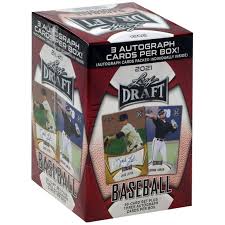
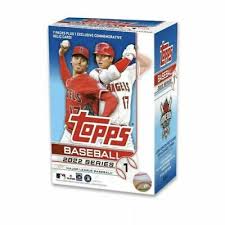
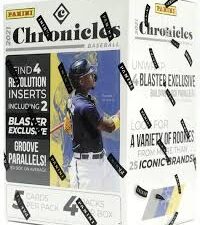

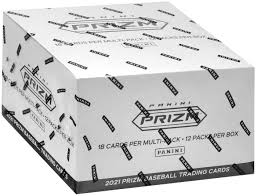

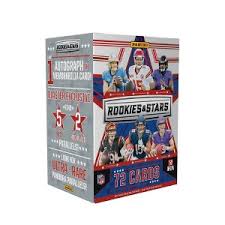
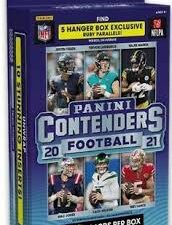
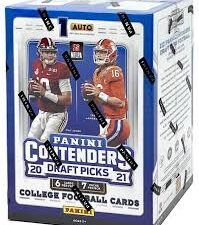
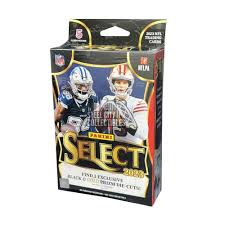
Keep up on breaking Sports Card News, our latest articles, product specials and exclusive content with expert analysis of hobby trends.

© Copyright 2025 - All rights reserved Cardlines.com / Media Techs LLC - Sports Card News, Reviews, Releases and BREAKS - #thehobby.
Important: When you click on links to various merchants on this site and make a purchase, this can result in this site earning a commission. Affiliate programs and affiliations include, but are not limited to, the eBay Partner Network.
I Tested eBay Auction Promotions So You Don’t Have To!
Cardlines June 30, 2025 7:01 pm